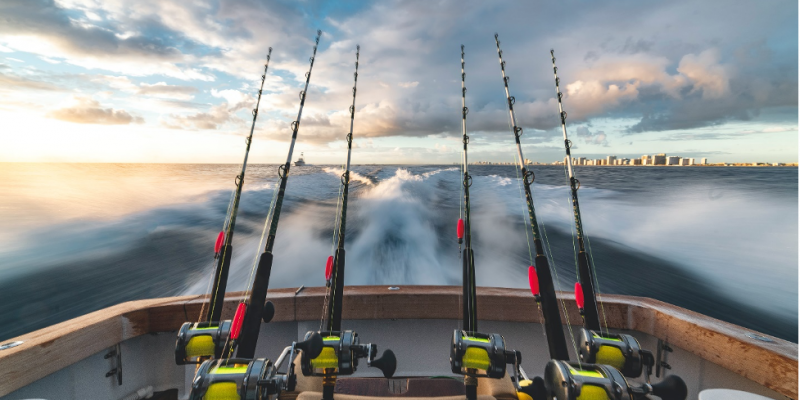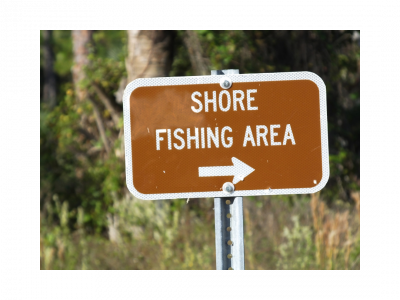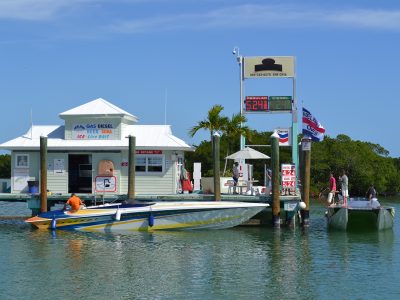The term “saltwater fishing” can refer to any type of fishing in the ocean. This includes line casting into the waters beneath a pier, fighting a fish from a kayak, fly fishing, or trolling a line behind you on a boat. This article offers some useful tips and strategies that will help you get started in the world of saltwater fishing basics.
Tip #1
Choose a rod and reel designed for the size of the fish you’re targeting and match the lb. test of the line on the reel spool to the size recommended for the rod and reel you are using to give optimum performance. Some reels will have the associated lb. test. printed on them. When filling the reel spool with line, don’t fill it all the way to the top of the reel. If you fill it all the way, especially for spinning reels, you may experience line looping around the bottom of the reel. In that case take the reel spool off by turning the drag knob and remove the reel to fix your line.
Tip #2
Make sure your equipment is in good working order. Saltwater can be tough on fishing gear if not cared for properly. Lightly use fresh water to rinse off all your fishing equipment to remove the saltwater after each use, especially hooks, lures, reels, line guides, and other metal parts. Then apply a reel oil to moving parts. If possible, store them in a cool dry place and keep your line from direct sun exposure as UV rays will cause it to break down quicker. If they need to be stored outdoors, make sure they are completely dry and covered from the elements. Do not lean your rods against a wall as in time there will be a permanent bend in the rod. Store them straight or get a multi rod holder.
Tip #3
When fishing for saltwater fish, use a hook that is designed for the species you are fishing for. Hooks come in many forms and shapes. Example, some states require the use of circle hooks for reef and other species, trolling baits may require a longer shaft or J hook that is part of ballyhoo rigs. Other hooks may be used for wire rigging or used with leaders. Hook size matters.
Tip #4
A good pair of polarized sunglasses with polarized lenses can cut through glare on the water enabling you to spot fish easier. Sunscreen and a hat are highly recommended to protect your skin from the sun.
Tip #5
Learn to tie your lures securely to prevent them from coming undone when a fish hits. Tying a proper fishing knot takes practice. The type of knot also needs to match the line and hook you are using. There are several different ways to tie a fishing knot, take some time before going out to understand what type of knot is best based on your plans for fishing. Remember to wet the line with your tongue before finally cinching or tightening your knot. Cinching causes heat that will weaken your knot, the wetting prevents that from happening. If you are not sure how well something is holding up, replace it.
For more tips and strategies on Saltwater Fishing, check out Saltwater Fishing Tips: Part 2 and get ready for your catch!


